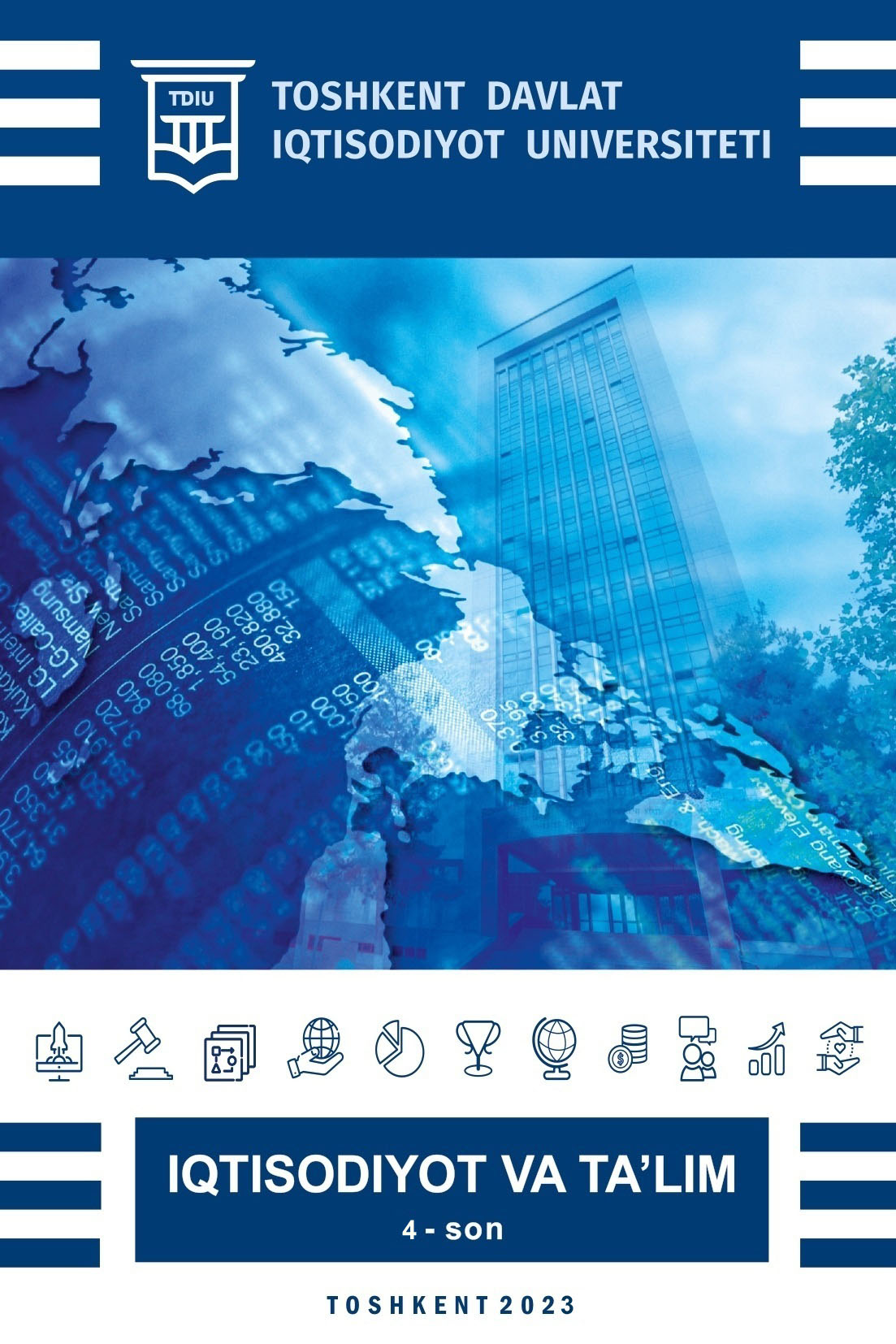Abstract
This empirical research paper examines the potential impact of digital marketing technologies on healthcare delivery and patient satisfaction in Uzbekistan, using a SWOT analysis approach. Despite the increasing adoption of digital marketing technologies in healthcare globally, their use and impact in Uzbekistan remain underexplored. To address this gap, the study conducted a quantitative survey of healthcare providers and patients to assess digital literacy and technology use, as well as an econometric analysis to identify barriers to implementation. The survey revealed low levels of digital literacy and limited access to digital technologies among healthcare providers and patients in Uzbekistan. The econometric analysis identified digital literacy, access to technology, and financial resources as the primary obstacles to the introduction of digital marketing technologies in the healthcare sector. In addition, the study conducted a SWOT analysis through interviews with healthcare providers, policy makers, and patients to identify strengths, weaknesses, opportunities, and threats of the healthcare sector and digital marketing technologies in Uzbekistan. The analysis revealed that while Uzbekistan has qualified medical professionals, state support, and natural resources for medicine production, it faces challenges such as inadequate financing, infrastructure, and regulation. Overall, the study provides insights into the potential benefits and challenges of digital marketing technologies in healthcare in Uzbekistan. The findings can inform the development of strategies to improve healthcare services through the adoption of digital marketing technologies while overcoming the challenges and risks associated with their implementation.
References
Liu, X., & Li, Y. (2019). The impact of digital marketing technology on healthcare industry. Advances in Economics, Business and Management Research, 90, 439-444.
Rezaei, S., & Sabouri, S. (2021). Digital marketing technologies and their impact on healthcare industry: A review. Journal of Medical Systems, 45(5), 1-15.
World Health Organization. (2016). Telemedicine: Opportunities and developments in Member States: Report on the second global survey on eHealth. World Health Organization.
Bashshur, R. L., Shannon, G. W., Bashshur, N., & Yellowlees, P. M. (2016). The empirical evidence for telemedicine interventions in mental disorders. Telemedicine and e-Health, 22(2), 87-113.
Jha, A. K., & DesRoches, C. M. (2010). Health information technology and the doctor-patient relationship. The Milbank Quarterly, 88(4), 625-656.
El-emam, K., & Jonker, E. (2016). The benefits and challenges of electronic health record implementation: A narrative review. Online Journal of Public Health Informatics, 8(2), e195.
World Health Organization. (2011). mHealth: New horizons for health through mobile technologies. World Health Organization.
Fiordelli, M., Diviani, N., & Schulz, P. J. (2018). Mapping mHealth research: A decade of evolution. Journal of Medical Internet Research, 20(10), e10121.
Irizarry, T., DeVito Dabbs, A., Curran, C. R., & Patient, L. B. (2015). Patient portals and patient engagement: A state of the science review. Journal of Medical Internet Research, 17(6), e148.
Ammenwerth, E., Schnell-Inderst, P., Hoerbst, A., & Mueller, G. (2010). The impact of electronic patient portals on patient care: A systematic review of controlled trials. Journal of Medical Internet Research, 12(4), e98.
Ahmed, R., & Waseem, M. (2020). The prospects of telemedicine and e-health in Uzbekistan. Health Policy and Technology, 9(2), 156-161.
Cimperman, M., Brenčič, M. M., Trkman, P., & Stanonik, M. D. (2016). Older adults' perceptions of home telehealth services. Telemedicine and e-Health, 22(5), 404-414.
Lin, Y., Mamykina, L., Lindtner, S., Delajoux, G., & Strub, H. B. (2016). Fish'n'steps: Encouraging physical activity with an interactive computer game. Conference on Human Factors in Computing Systems, 1669-1678.
Lee, T. T., & Poon, S. K. (2014). Effects of electronic medical records on the quality of care in ambulatory care settings: A systematic review. Journal of Hospital Medicine, 9(7), 424-430.

This work is licensed under a Creative Commons Attribution-ShareAlike 4.0 International License.
Copyright (c) 2023 Economics and education
